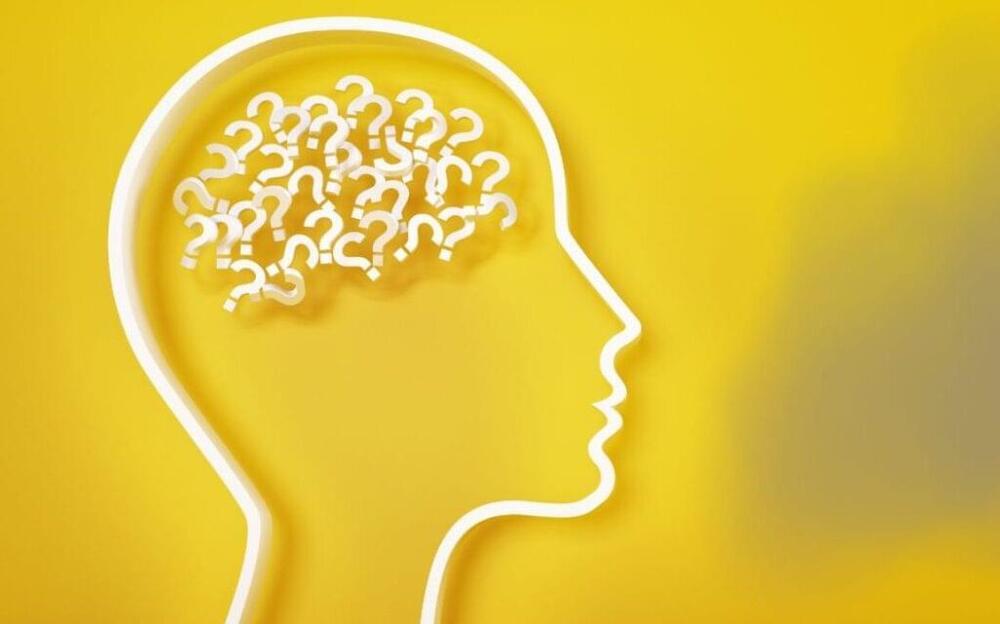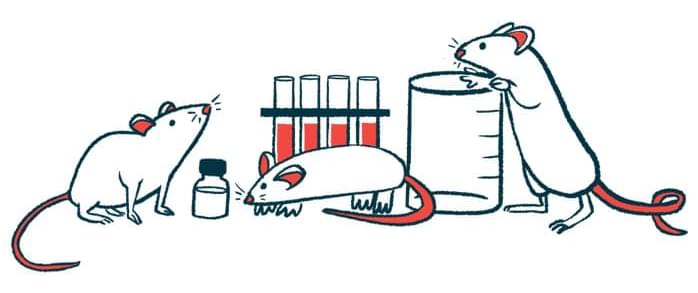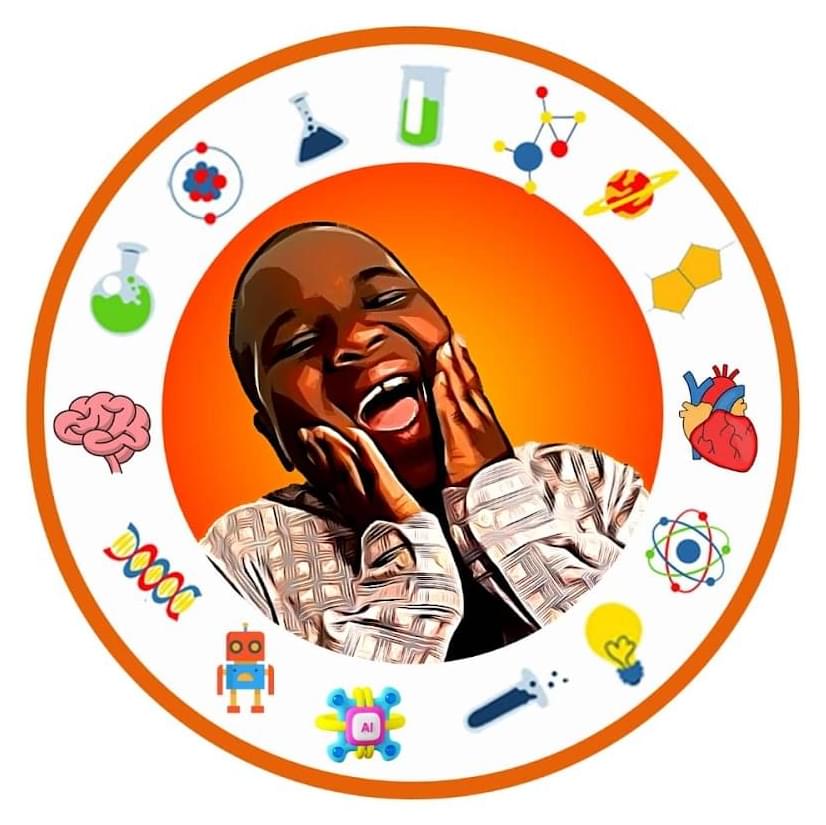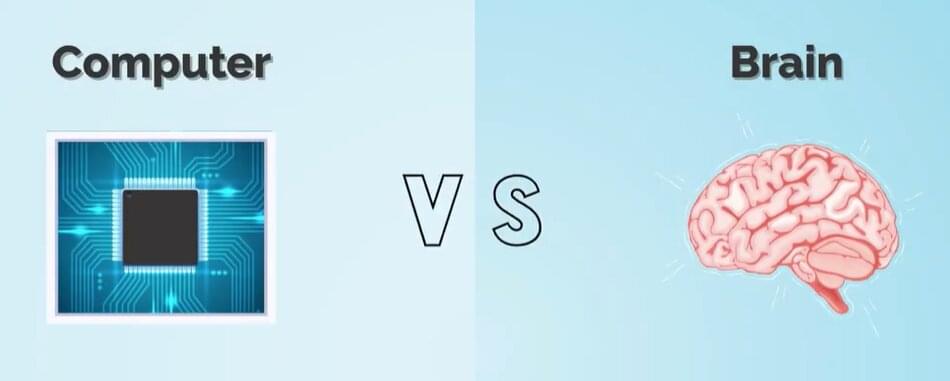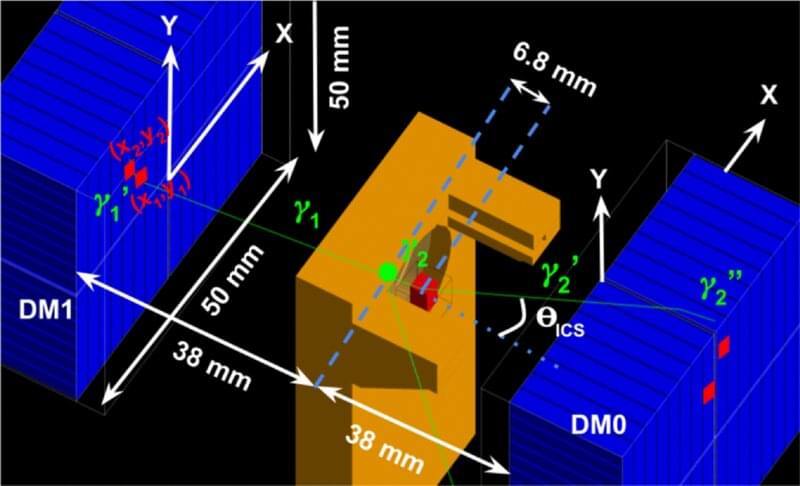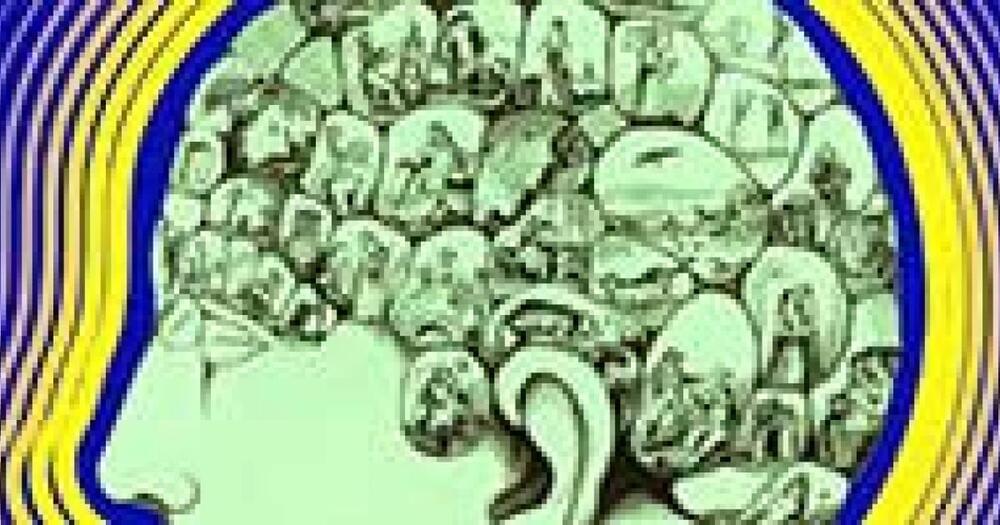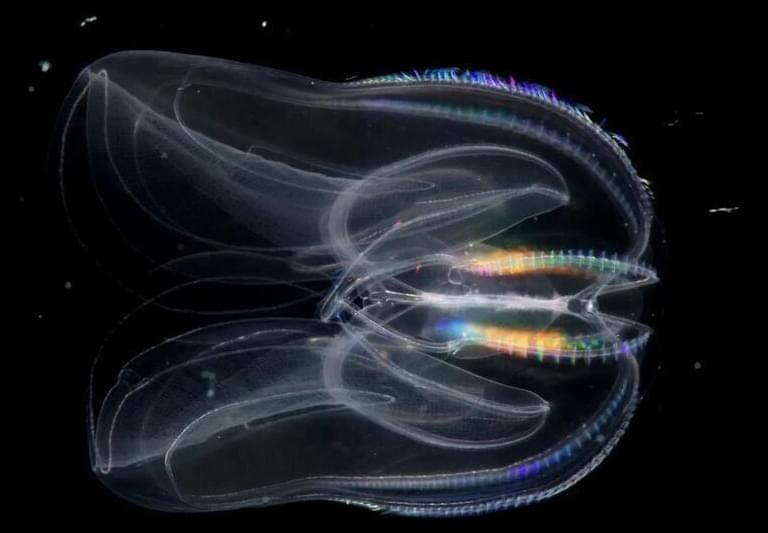Oct 18, 2024
Did Elon Musk’s Neuralink Finally Perfect Its Brain Implant with the Second Patient?
Posted by Shailesh Prasad in categories: biotech/medical, Elon Musk, internet, neuroscience
Would you like to see more applications for Neuralink in the future? Share your thoughts in the comments.
Elon Musk’s brain technology startup, Neuralink, reported that its implant is functioning well in a second trial patient, identified as Alex. This implant is designed to help paralyzed patients control digital devices through thought alone. Unlike the first patient, Noland Arbaugh, who experienced thread retraction issues post-surgery, Alex has not faced similar problems. Neuralink implemented new measures to prevent such complications, including reducing brain motion during surgery. Both patients have been able to use the implant to perform tasks like playing video games, browsing the internet, and even designing 3D objects.

